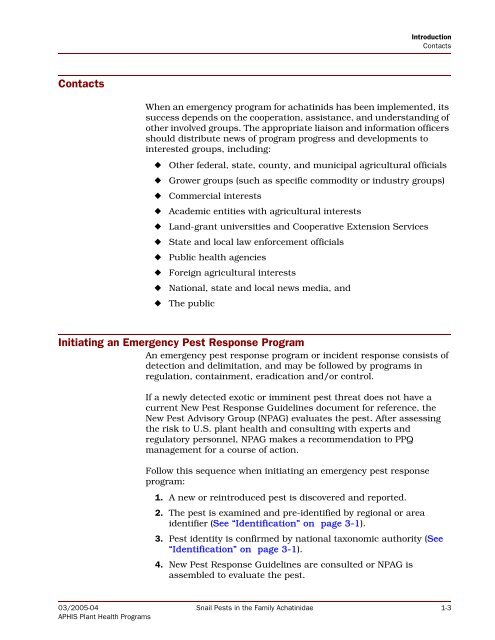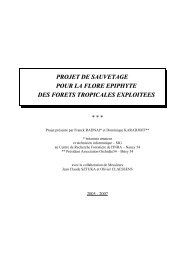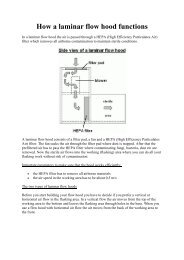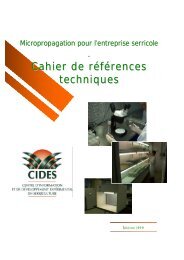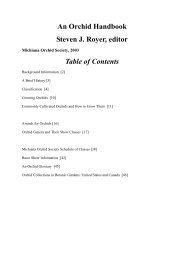New Pest Response Guidelines - Free
New Pest Response Guidelines - Free
New Pest Response Guidelines - Free
You also want an ePaper? Increase the reach of your titles
YUMPU automatically turns print PDFs into web optimized ePapers that Google loves.
IntroductionContactsContactsWhen an emergency program for achatinids has been implemented, itssuccess depends on the cooperation, assistance, and understanding ofother involved groups. The appropriate liaison and information officersshould distribute news of program progress and developments tointerested groups, including:◆◆◆◆◆◆◆◆◆◆Other federal, state, county, and municipal agricultural officialsGrower groups (such as specific commodity or industry groups)Commercial interestsAcademic entities with agricultural interestsLand-grant universities and Cooperative Extension ServicesState and local law enforcement officialsPublic health agenciesForeign agricultural interestsNational, state and local news media, andThe publicInitiating an Emergency <strong>Pest</strong> <strong>Response</strong> ProgramAn emergency pest response program or incident response consists ofdetection and delimitation, and may be followed by programs inregulation, containment, eradication and/or control.If a newly detected exotic or imminent pest threat does not have acurrent <strong>New</strong> <strong>Pest</strong> <strong>Response</strong> <strong>Guidelines</strong> document for reference, the<strong>New</strong> <strong>Pest</strong> Advisory Group (NPAG) evaluates the pest. After assessingthe risk to U.S. plant health and consulting with experts andregulatory personnel, NPAG makes a recommendation to PPQmanagement for a course of action.Follow this sequence when initiating an emergency pest responseprogram:1. A new or reintroduced pest is discovered and reported.2. The pest is examined and pre-identified by regional or areaidentifier (See “Identification” on page 3-1).3. <strong>Pest</strong> identity is confirmed by national taxonomic authority (See“Identification” on page 3-1).4. <strong>New</strong> <strong>Pest</strong> <strong>Response</strong> <strong>Guidelines</strong> are consulted or NPAG isassembled to evaluate the pest.03/2005-04 Snail <strong>Pest</strong>s in the Family Achatinidae 1-3APHIS Plant Health Programs


